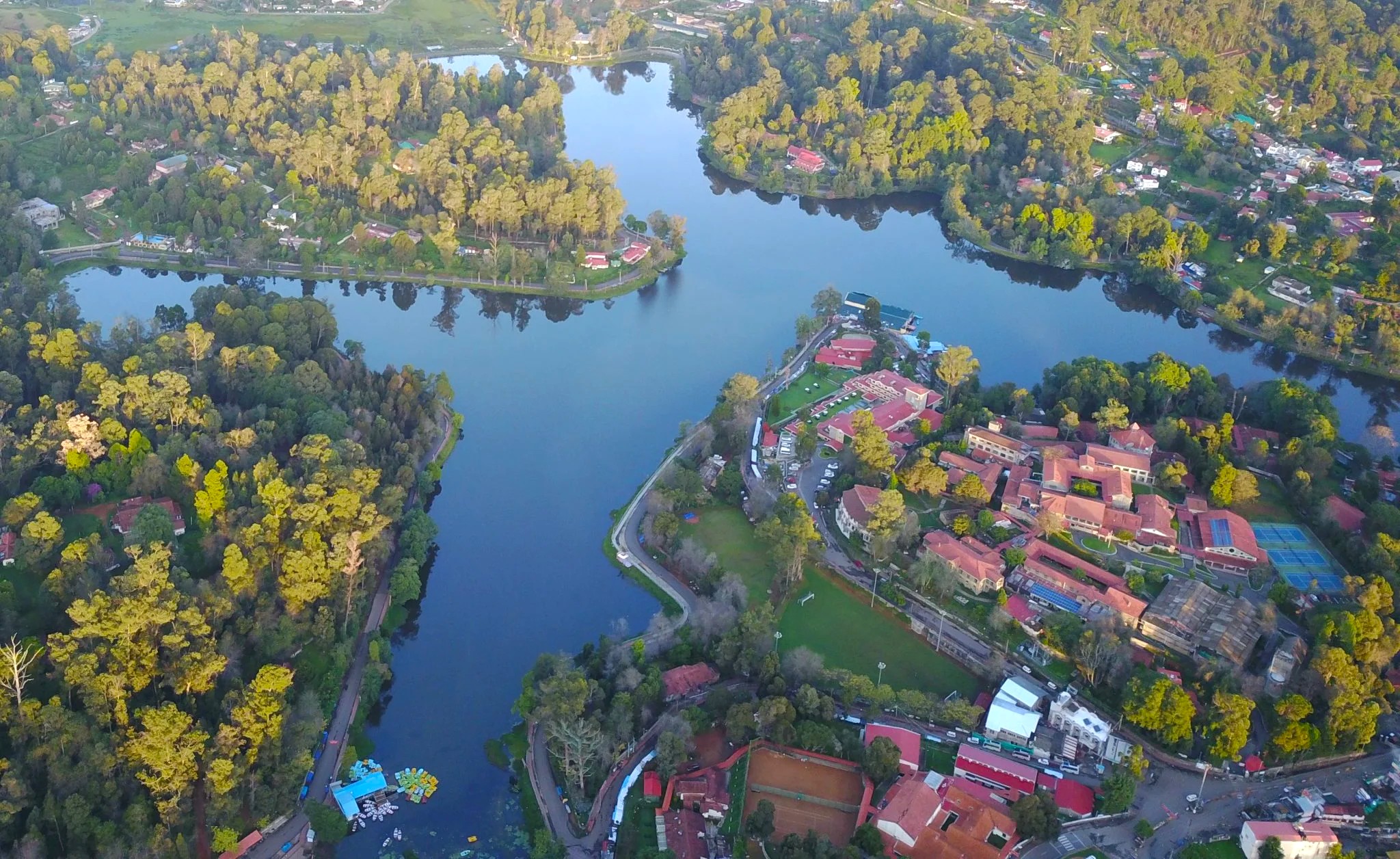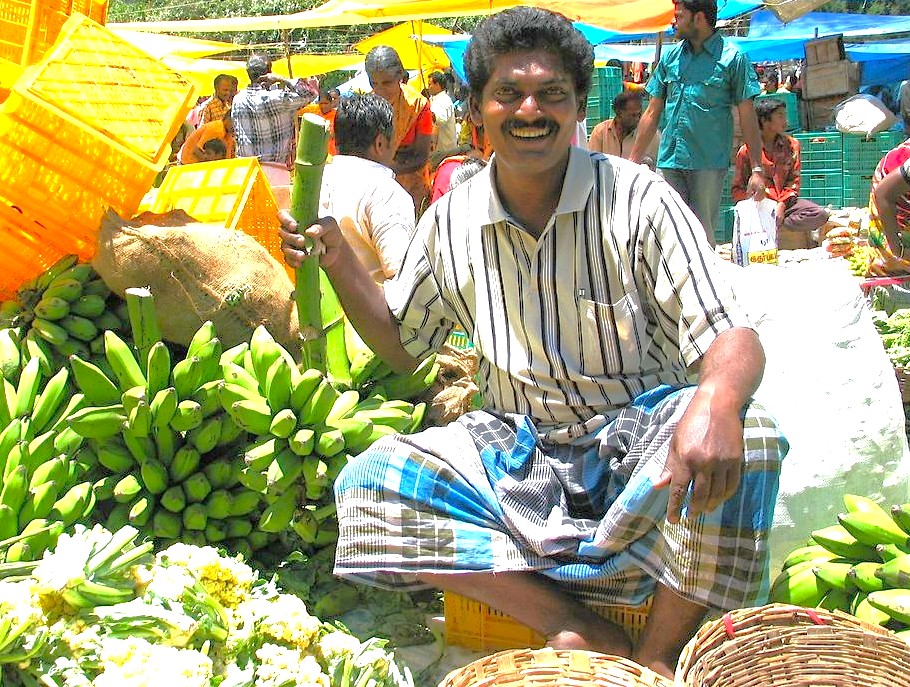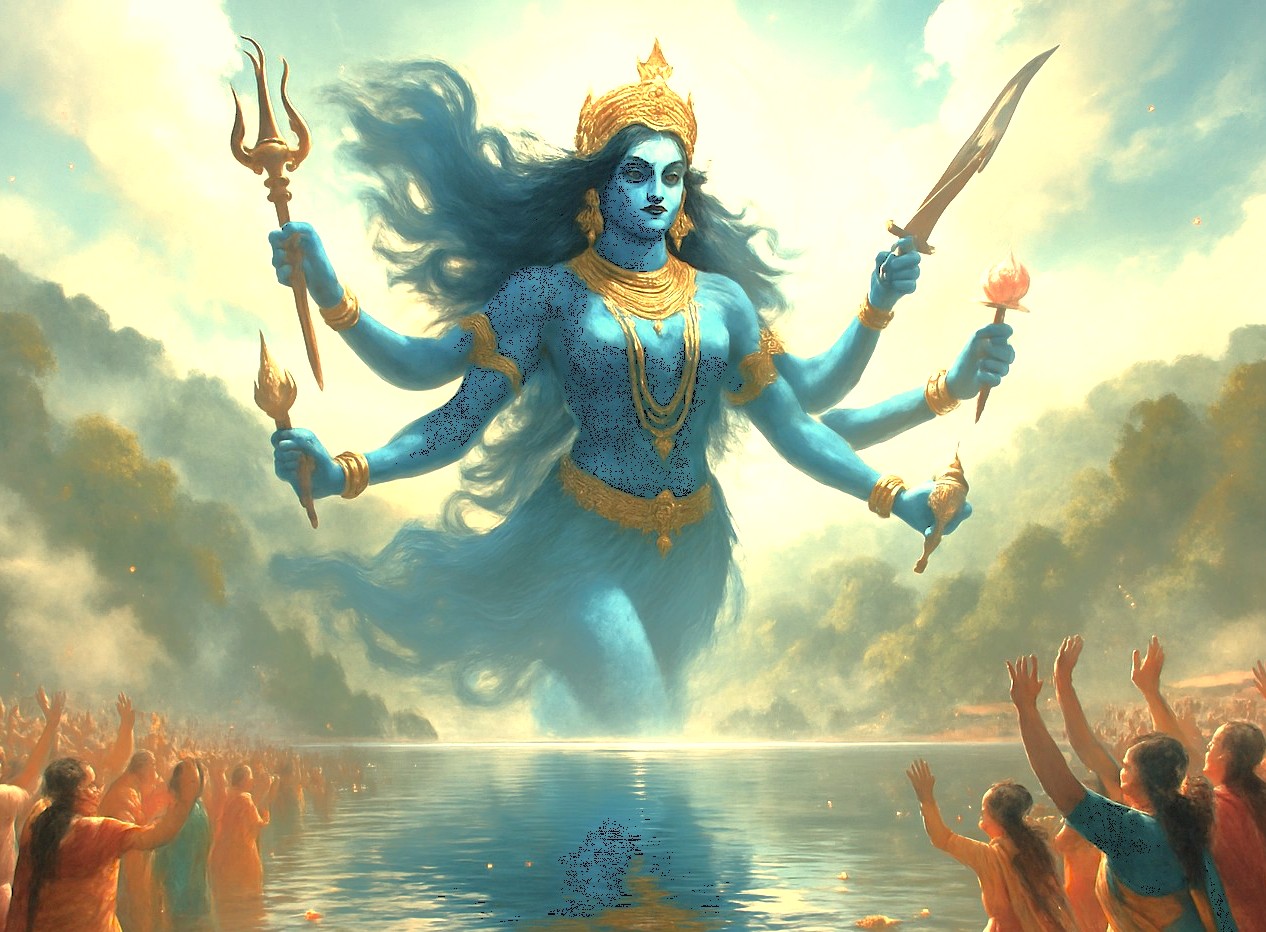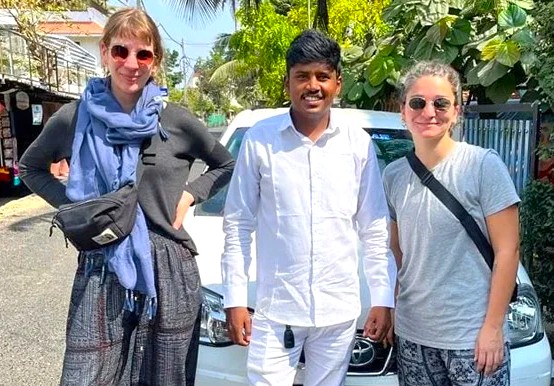Spirit of India
Kodaikanal Kulam Lake India
Mother Masala Tours
Laid-Back Adventures
Kodaikanal Kulam Lake India. At the heart of Tamil Nadu, a hill station famed for its stunning landscapes and climate - Kodaikanal. Within this picturesque region resides Kulam Lake, casually referred to as Kodai Lake - it's the town’s centerpiece. The origins of this stunning area date back to the early 19th century, with developments continuing into the 20th century. Initially a sanctuary for the British during the colonial era, it has evolved into a vibrant community for locals and tourists alike. The lake, constructed between 1863 and 1870, spans approximately 60 acres and was developed by taking advantage of the natural beauty of the region, bordered by lush trees and gardens.

Kodaikanal Kulam Lake India: Ancient Mosaics
The exquisite craftsmanship evident at the Lake, reflecting the extraordinary skills of local artisans. The lakeside features intricate stonework that dates back to its early construction in the 19th century. The pathways and garden designs incorporate classic patterns inspired by regional motifs, demonstrating a commitment to preserving local culture. Another testament to skilled craftsmanship is the decorative elements found in the nearby structures, including pavilions and seating areas strategically placed to enhance the views of the lake. These artistic touches, created by dedicated artists over the years, contribute to Kodaikanal’s unique personality, offering us a glimpse into the enduring legacy of its builders.
The Pulse of the Local Community

As we immerse ourselves in the welcoming atmosphere, the warmth and friendliness of the local community becomes obvious. This community spirit is characterized by an openness and eagerness to share stories, traditions, and experiences with us. Families often engage in communal activities, cycling, horse riding, celebrating moments of joy and togetherness that can be felt throughout the area. The rich connection between the people and their environment adds a layer of depth. We observe how these interactions foster a sense of belonging. Their way of life is deeply intertwined with the serene surroundings.
Capturing the Magic: A Photographic Haven
Kodaikanal Lake Kulam India. The serenity of Kodaikanal Kulam offers stunning opportunities for visual storytelling. The serene lake, framed by lush vegetation, creates picture-perfect scenes at every turn. You will find shimmering reflections in the water, surrounded by vibrant flowers and unique wildlife - perfect backdrops for capturing those memorable moments. Each click of the camera invites you to share the beauty of this stunning localation with the world.
A Culinary Journey: Savor the Flavour

A visit here is not complete without indulging in the local specialties that tantalize the palate. One culinary delight we must try is Kodaikanal biryani. It is a fragrant rice dish flavored with a mix of spices, marinated meats, and vegetables. Locals take pride in their secret recipes, often using fresh, locally-sourced ingredients. The dish is crafted by layering marinated meat with partially cooked rice. This allows the flavors to meld beautifully for us. Enjoying a plate of this sumptuous biryani while seated near the lake is an experience. The aroma itself draws us in. Each mouthful offers a blend of textures and warmth.
Serendipitous Meetings: Beyond the Main Path
As we wander beyond the well-trodden paths around the lake, the surprises of Kodaikanal unfold. You might encounter artisanal shops run by skilled craftsmen, where intricate woodwork and handmade crafts are on display. A stroll through local markets reveals stalls of fresh produce, spices, and traditional snacks that draw us in, each inviting interaction with the local culture. Sit, enjoy, people watch, or join in the activities, it's a great day out.
The Connection with the Gods

At the Lake, the spiritual significance of Kodaikanal is deeply rooted in local mythology. Deities such as Lord Murugan and Goddess Kali are often invoked by the community here. The connection to these divine figures serves as a source of strength and guidance for us. This reinforces the belief that nature and spirituality are intertwined in every aspect of life here. Local legends speak of how Murugan protected the land from ancient dangers. Many believe that seeking blessings at various temples around the lake you can experience divine energy. These ancient tales are often shared among families.
Resilience and Renewal: Overcoming Adversity’s Challenges
Kodaikanal Kulam Lake India. The area has faced its share of adversities throughout history, including flooding events and political unrest. A significant moment occurred in 1960, when heavy rains led to the lake overflowing, prompting local initiatives to fortify the shoreline and prevent future issues. The community banded together in the aftermath, holding meetings and discussions about sustainable practices to protect their environment. This collective determination to revive and nurture their space is a testament to their resilience, showcasing how they adapt and flourish amid challenges, ensuring Kodaikanal remains a cherished sanctuary.
Urban Legends: Strange Sightings, Myths and Mysteries

Local legends speak of a Goddess Kali rising above Kodai Lake Kulam in the Palani Hills. This inspires deep reverence among all who witness such a sight. This powerful image captures the heart of South Indian faith for the local community. A divine figure emerges to bless the gathered people who await there. This sacred moment connects people to their ancient spiritual beliefs. The locas find comfort in these enduring tales and stories. Such narratives shape their cultural practices and daily lives here constantly. The lake is a truly special place for those who live nearby. It's a peaceful atmosphere for all.
Pack Your Spirit of Adventure: Say Hello to the Unknown
Kodaikanal Kulam Lake India. As we start out on this enchanting journey through Kodaikanal, we warmly invite you to embrace the beauty and magic that permeate this serene sanctuary. We’ll uncover the lively culture, and historical connections that make this location genuinely special.
Symphony of Generosity: Offerings from Wanderers to Residents

The interchange between locals and us exploring Kodaikanal Kulam fosters a unique community spirit. Our interactions create an active atmosphere, charged with energy, where knowledge, stories, and experiences are readily exchanged. We engage with the residents, observing many exchanges of information and cooperation in daily tasks. We learn about local culture, traditions, and the daily activities that define this place. This relationship contributes to our journey, and it supports the connections within the community. These encounters offer insight into the local way of life.